E013 - High Temperature Loadcell Output And Creep
High temperature specification loadcells do not behave like the more familiar standard temperature range loadcells. Due to the materials employed in the construction of high temperature circuits the output signal can suffer from twice the normal level of creep. This means that static measurements need to adopt a timed measurement technique. Dynamic or non-zero referenced measurement is not affected.
1. Dynamic Measurement
Force inputs changing with time are immune to the effects of loadcell creep. Peak to peak or transient waveforms by virtue of their ever-changing magnitude do not suffer from time dependant errors such as creep.
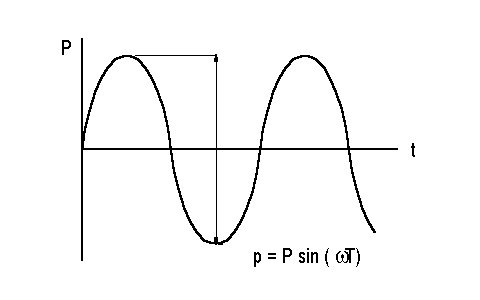
Peak To Peak (Non-zero referenced)
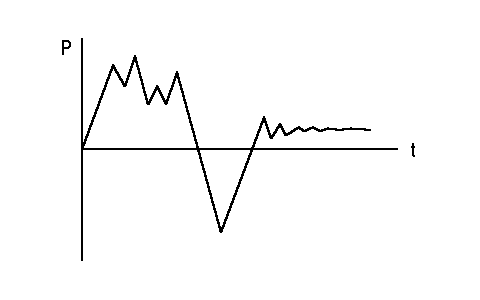
Transient Waveforms (Impact loads)
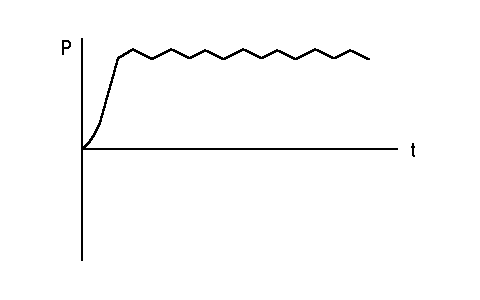
Static Force With Transient Superimposed
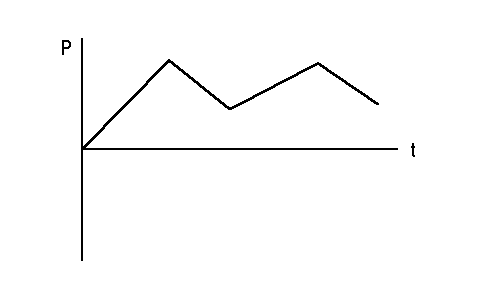
Ramped Load Application
Precautions:
- Be careful to take into account static load dwell periods where creep may occur.
- Do not statically calibrate a high temperature loadcell in-situ without adopting a timed technique.
- High creep in loadcells is often accompanied by a pre-disposition for permanent zero shift. Non-zero referenced measurements are not affected by this but transient peaks may be. In this case the loadcell return to zero should be checked. For example:
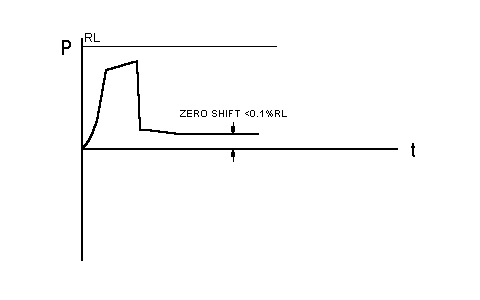
Bush Insertion Force
Zero shift is increased by;
a. Impact / shock loads
b. Measurement at the top end of the loadcell's range
2. Static Measurement - Timed Technique
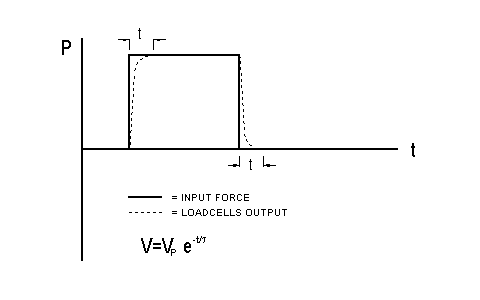
Instantaneous Deadweight Application
Procedure:
- Apply the load. (Instantaneous)
- After time t measure the loadcell output. VL
- Remove the load. (Instantaneous)
- After time t measure the loadcell output. VZ
- Calculate V0utput = VL - VZ. The measurement, V0utput, is the output change for the applied load.
Precautions:
- By using the return to zero portion of the input waveform any zero drift or residual creep effect is negated.
- Choose time t to eliminate unwanted mechanical effects, e.g. overshoot.
- Creep effects can be quickly evaluated. With dynamic temperature changes ensure zero drift does not confuse the issue.
- Zero drift with temperature can be specified as low as 0.5µV/°C. The cost of this should be in keeping with the techniques employed.

